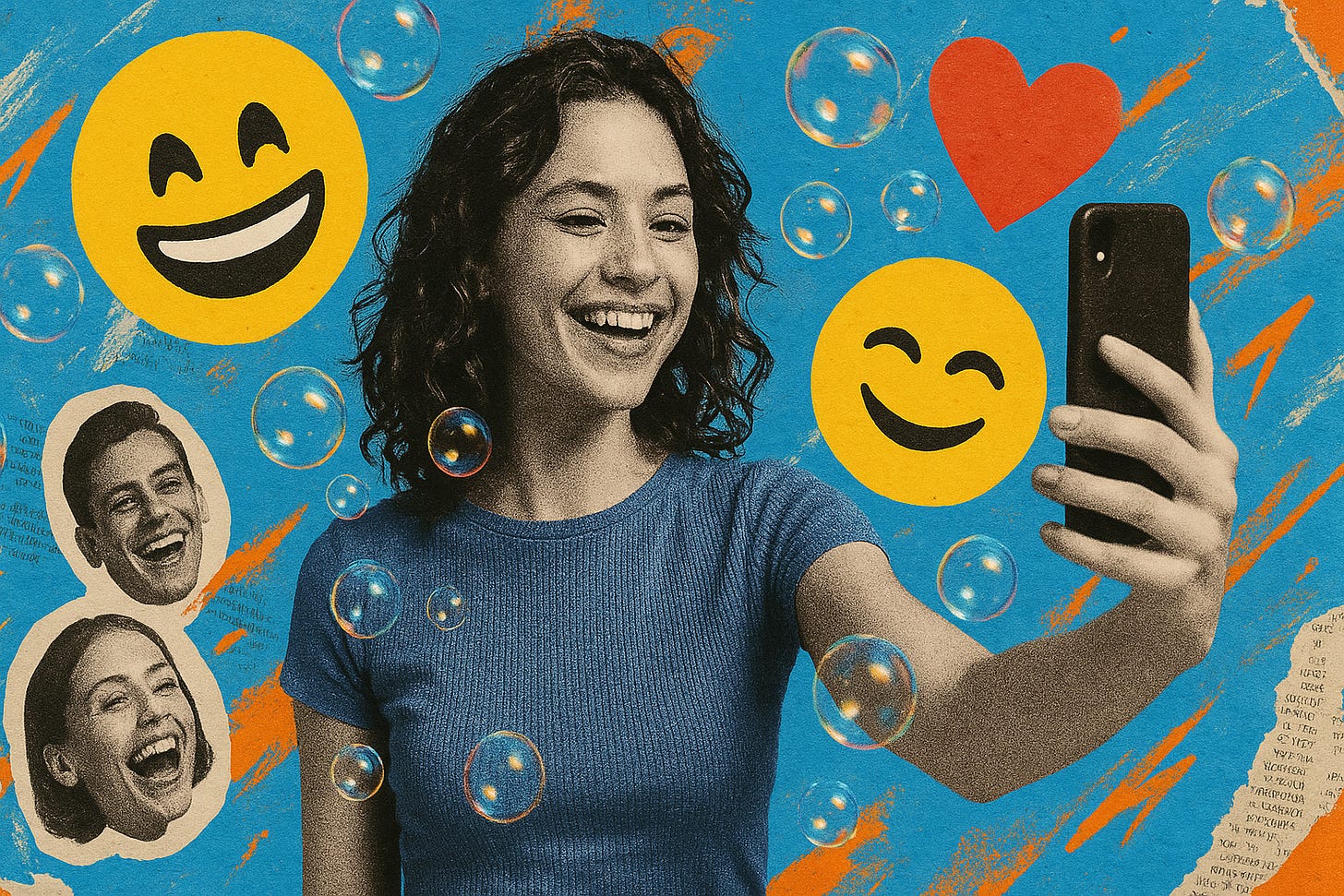How Influencers Can Use Social Learning Theory to Level Up Their Game
Discover how influencer marketing goes beyond promotion to become a catalyst for creativity, social learning, and cultural innovation in the digital age.
Influencer marketing isn’t just a promotional tool—it’s a dynamic professional space where social learning, creativity, and innovation converge.
In the context of creativity, social learning theory—first proposed by Canadian-American psychologist Albert Bandura—offers a powerful lens to understand how influencer marketing works.
According to Bandura’s theory, people learn by observing the behavior of others, especially those they admire or consider experts. In the digital world, influencers serve as these role models by shaping consumer behavior, creative expression, and cultural trends.
Whether it’s adopting a new skincare routine, trying out a fashion trend, or experimenting with a DIY project, followers often mimic what they see.
This imitation is not passive, either—it involves active engagement and adaptation, which becomes a form of creative expression. Users don’t just copy what they see, in other words; they reinterpret, personalize, and rebroadcast. This contributes to a larger cycle of innovation, a sort of living digital vibe that’s always surging around the world and giving rise to emergent patterns.
In digital environments, influencers frequently introduce novel ideas or repackage existing ones in innovative ways.
These are then taken up by their followers, who add their own spin, resulting in a ripple effect of creativity.
We’re all familiar with seeing a viral TikTok dance created by one influencer inspiring thousands of variations, each with unique flair. Given this, it’s easy to see how influencer marketing can become a key driver in the spread of creative innovation.
Another critical aspect of Bandura’s theory is that creativity is inherently social.
Influencers don't operate in isolation—they engage with their communities, respond to feedback, and collaborate with other creators.
This interactive dynamic fosters a participatory culture, where creativity is shared, reshaped, and enhanced by multiple voices.
Brands have increasingly recognized this and now encourage co-creation, inviting influencers and their audiences to contribute to product development, campaigns, or storytelling efforts. This democratizes innovation, ensuring the end results are both culturally relevant and creatively rich.
In addition, ifluencer marketing plays a vital role in the diffusion of innovation, a concept introduced by American communication theorist and sociologist Everett Rogers in his 1962 book Diffusion of Innovations.
From the perspective of Rogers, influencers can be seen as early adopters or opinion leaders who introduce new ideas, technologies, or products to a broader audience.
By modeling new behaviors and showcasing use cases, influencers help reduce uncertainty and encourage widespread adoption, much like trendsetters in traditional social networks.
In digital culture, creativity is often meme-based or trend-driven. Influencers are at the center of this process. They act as both creators and amplifiers of cultural content, initiating trends or giving new life to existing ones. Their creative influence fosters continuous cycles of learning and innovation, with their audiences actively participating in shaping the evolution of digital culture.
So smile, baby.
Because influencer marketing is more more than a commercial tool—it’s also a powerful engine of social innovation in the digital age.





